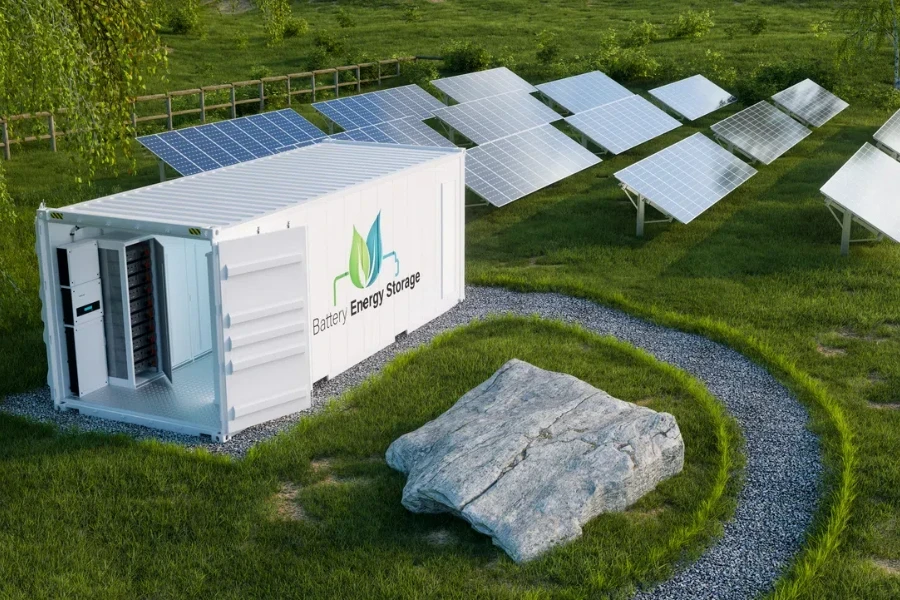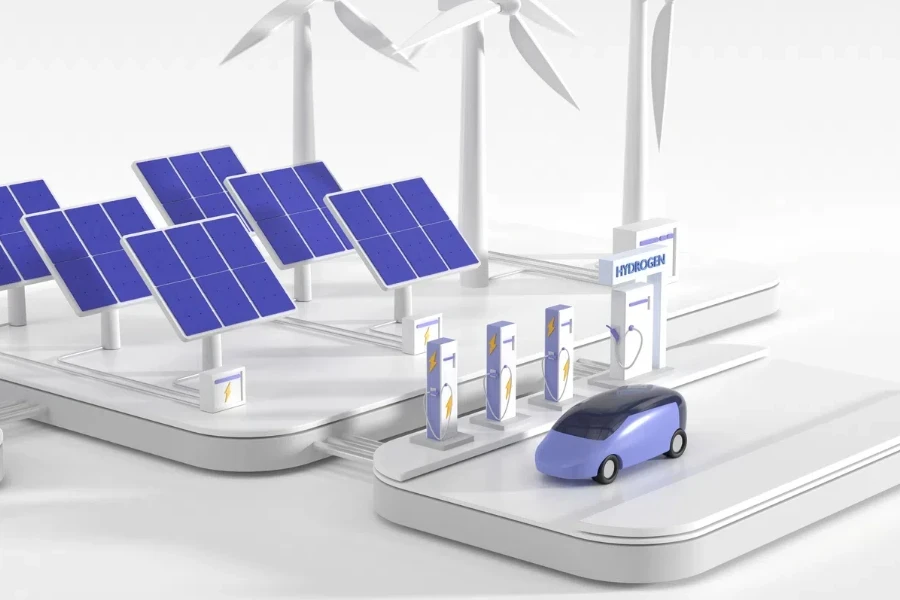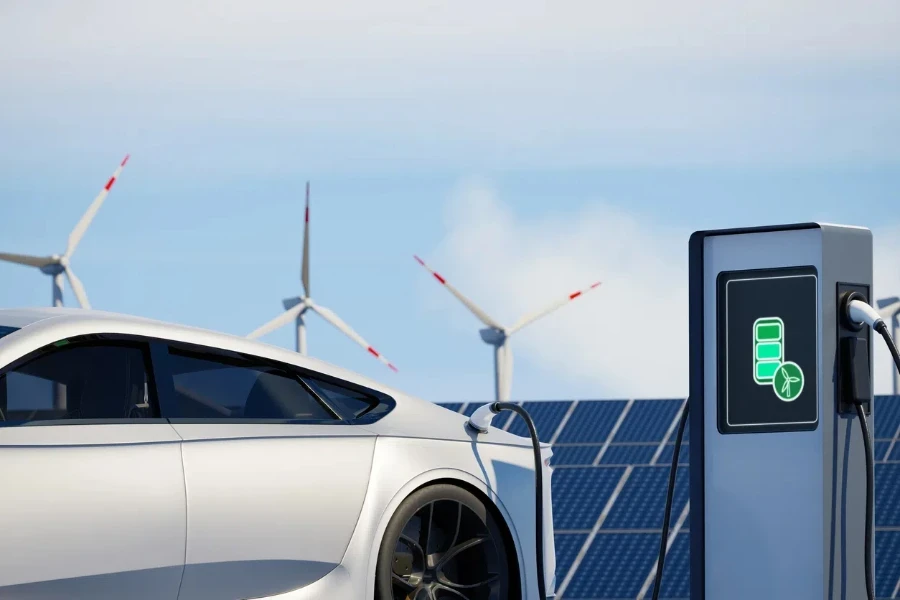Solar battery groups are one of the most important renewable technologies that the world is currently looking into when it comes to sustainable energy. Seaweed is being consumed in a new innovative way, biofuels are causing less damage to the environment and solar battery groups are not only designed to store the sun’s energy but are also set to change the way that households in today’s world consume energy. In this article we take you through the ins and outs of solar battery groups, which you may find more fascinating than our foreword.
From basics of solar battery groups and how they work to important aspects such as how much they cost and how to maintain them, our article sheds light on these areas. Moreover, we have also included the future prospects of solar battery groups for the planet.
All the information that we have provided about solar battery groups is useful for those who are interested in adopting it as a way to control the excessive consumption of electrical energy, while remaining environment-friendly.
Table of Contents:
– Significance of solar battery groups in renewable energy
– Technological advancements in solar battery groups
– Cost considerations for investing in solar battery groups
– Maintenance tips for solar battery groups
– The future of solar battery groups in energy storage
Significance of solar battery groups in renewable energy:

A collection of solar batteries serves the purpose of harvesting and utilising the potential of solar energy optimally. Solar batteries have the capacity to store any surplus energy generated at daytime peak capacity and utilise it during low-solar hours or when there is no sunlight at all. This addresses one of the main drawbacks of solar energy, i.e. intermittency, and provides a reliable, consistent and predictable source of energy for solar usage at all times, and possibly make solar energy a viable 24-hour first-choice energy in the future.
Moreover, solar battery groups bring about the independence of energy. Household and business users can cut their reliance on the grid, resulting in less money spent on energy, and less carbon footprint. In the part of the world that pays relatively higher prices for electricity and are prone to blackouts and power outages, the economic and practical values of solar battery groups are tremendous.
Technological advancements in solar battery groups:

Solar battery technology is evolving fast, and future advancements are likely to increase its efficiency and lifespan. Lithium-ion batteries, which provide more energy per kilogram and have longer lifecycles than conventional batteries, are the most common type of solar battery aggregate. But technologies such as solid-state batteries and flow batteries are emerging, and could provide safer, more scalable and longer-lasting storage.
Besides new battery chemistry, the coming years will also benefit from improvements in battery management systems (BMS) – the smart pieces of software that regulate the charging and discharging of a battery group, and extend its life. Increasingly clever software will help consumers to stay in control of their energy consumption and storage; keeping track of their home energy in real time and giving increases in capacity to the national grid through virtual power plants – when, for example, a user stores too much energy and needs to share it.
Cost considerations for investing in solar battery groups:

It’s true that solar battery groups can be expensive to install at first. However, if you bear in mind the long-term savings from electricity bills, the potential government subsidies, and the fact that prices of batteries are becoming ever more affordable as the technology improves and production processes are scaled up, then the upfront cost to you is not as great as it first appears.
Furthermore, the cost-efficiency of a solar battery bank is contingent on its capacity, lifetime, and efficiency: an upfront investment in a high-quality, high‑capacity battery might cost more, but will save more over its lifetime. A good cost-benefit analysis depends on the buyer’s individual energy needs, local electricity rates, and rebates and incentives.
Maintenance tips for solar battery groups:

To get the most productivity and longevity out of a solar battery group, it must be maintained properly. The battery’s state of charge – meaning how full or empty it is – should be checked on a regular basis to make sure it is not kept perpetually fully charged, fully discharged, or alternating between both. The same is true for temperature: heat and cold bad for batteries.
Visual inspections to look for corrosion or wear, and keeping the battery area clean of debris, are easy steps. For advanced batteries, software updates from the manufacturer can enhance function and efficiency. You should keep the firmware on the system up to date.
The future of solar battery groups in energy storage:

The future for solar battery groups is bright: with research and development in the area is continually expanding, solar battery groups, and other types of storage for renewable energy, will be more efficient, less expensive, and less harmful to the environment. As more renewable energy is deployed, the demand for storage solutions, including solar battery groups, will naturally increase.
And new ideas – such as the integration of artificial intelligence and the Internet of Things (IoT) with solar battery systems – will enable energy use to be managed and distributed more efficiently than ever before, optimising energy use patterns, improving the stability of the grid and even enabling energy trading between consumers.
Conclusion:
A solar battery group is the key element in what can be called the renewable energy revolution – a more sustainable, smarter and now increasingly affordable way of storing energy for the future. And, as technology advances and prices drop, their use will only scale up as the world moves away from dependency on fossil fuels and towards energy independence. Through awareness and a full appreciation of their benefits, servicing requirements and future potential, everyone can work towards a more sustainable and energy-independent future.



